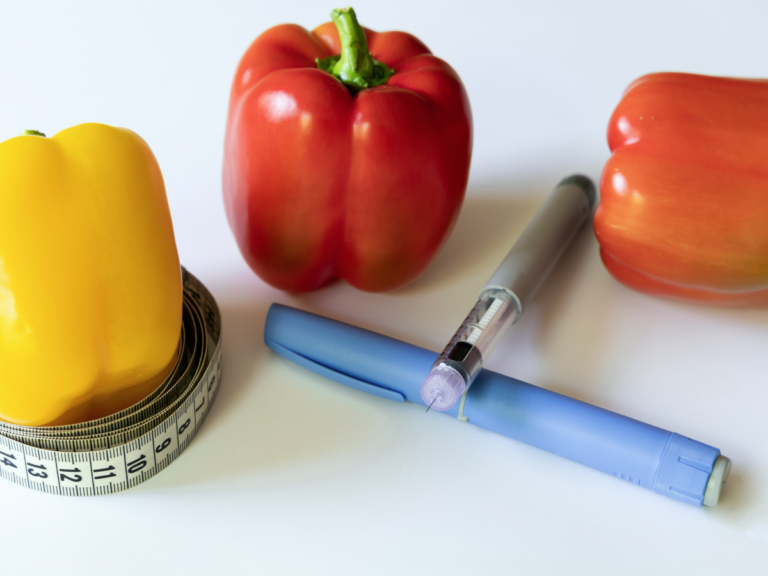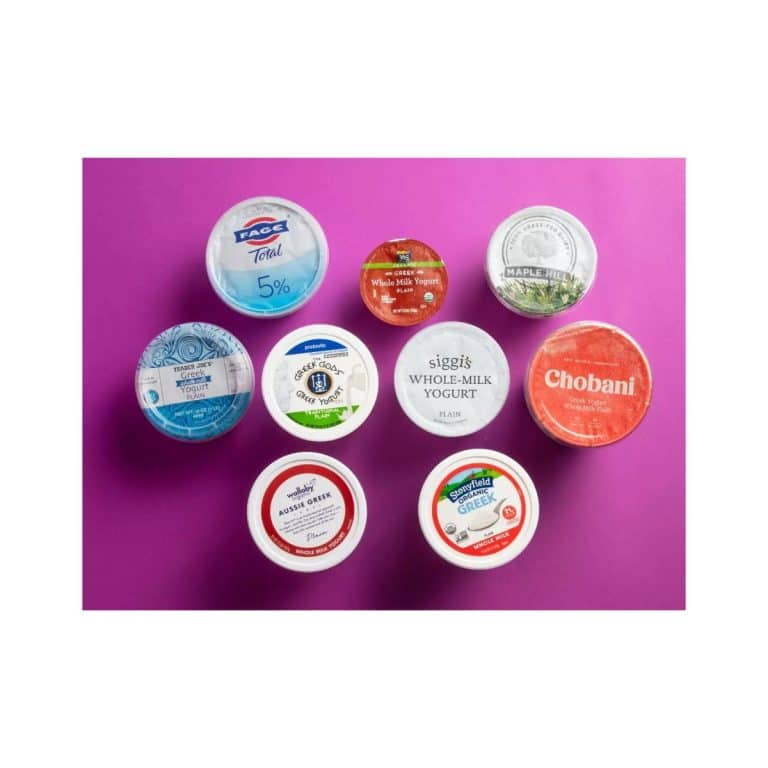Dietary fiber (also known as bulk or roughage), like fiber-rich veggies and other high fiber foods, includes all the parts of plant food that our bodies cannot digest or absorb. Yet it is an important part of a healthy diet. Today we will be diving into what I call “Fiber 101: Your Guide to the Benefits of Dietary Fiber.” There are numerous health benefits of adding dietary fiber to your healthy diet. Fiber adds bulk to your diet while making you feel full faster, and has been shown to be an important part of helping you control your weight. Fiber aids digestion, helps prevent constipation, and is sometimes used for the treatment of diverticulosis, diabetes, and heart disease. Let’s take a look at how to add more fiber to your day so you too can experience all of the great benefits.
Why is Fiber Important?
There is evidence that a high-fiber diet reduces the risk of developing various conditions, including heart disease, diabetes, diverticular disease, constipation, and colon cancer. Fiber is important for the digestive system’s health and lowering cholesterol.

Will Fiber Help You Lose Weight?
Dietary fiber prevents obesity through reduction of hunger and prolongation of satiety. A number of mechanical and endocrine signals from gastrointestinal tract are stimulated by fibers and their fermentation products, reach regions of brain involved in the regulation of appetite, and ultimately reduce food intake.
Can I Use Fiber for Constipation?
Fiber is a major component of foods that relieve constipation, and of poop itself. In addition to adding bulk to the stool, fiber and high-fiber recipes provide other digestive benefits:
- Fiber supports the microbiome: the healthy balance of bacteria in the digestive tract.
- Fiber also helps gut motility: the coordination of muscle contractions in the intestines that push food along the digestive process.
Can Fiber Help With Diarrhea?
Fiber can be used to relieve mild-to-moderate diarrhea. Soluble fiber soaks up water in the digestive tract, which makes stool firmer and slower to pass.
What is Dietary Fiber?
Dietary fiber is material from plant cells that cannot be broken down by enzymes in the human digestive tract. There are two important types of fiber: water-soluble and water-insoluble. Each has different properties and characteristics.
Why is Fiber important while taking Semaglutide?
For those who are taking semaglutide or another GLP-1RA, getting enough fiber daily is an important part of a healthy eating pattern. Semaglutide is a tool that helps control appetite and adding fiber can help improve some of the adverse side effects of semaglutide. Fiber is an important part of creating a healthy pattern of eating long-term.
How much Fiber do I Need Each Day?
The American Heart Association Eating Plan suggests eating a variety of food fiber sources. Total dietary fiber intake should be 25 to 30 grams a day from food, not supplements. Currently, dietary fiber intakes among adults in the United States average about 15 grams a day. That’s about half the recommended amount.
What is Soluble Fiber?
Water-soluble fibers absorb water during digestion. They increase stool bulk and may decrease blood cholesterol levels. Soluble fiber can be found in fruits (such as apples, oranges and grapefruit), vegetables, legumes (such as dry beans, lentils and peas), barley, oats, and oat bran.
Soluble Fiber: How it works in the body
Soluble fiber dissolves in water (from the stomach and intestines) and is degraded by bacteria in the intestine. It absorbs water and mixes the food into a gel-like substance. This slows the emptying of the stomach and the movement of the food mass through the intestines, which in turn slows the rate of glucose digestion and absorption. Soluble fiber increases stool volume and water content.
Good Sources of Soluble Fiber
The best sources of soluble fiber are whole foods like oats, dried beans, and some fruits and vegetables. Although there is no dietary reference intake for insoluble or soluble fiber, many experts recommend a total dietary fiber intake from plant-based foods of 25 to 30 grams per day with about one-fourth — 6 to 8 grams per day — coming from soluble fiber.

Insoluble Fiber: How it works in the body
Insoluble fiber, which does not dissolve in water, can help food move through your digestive system, promoting regularity and helping prevent constipation.
What is Insoluble Fiber?
Water-insoluble fibers remain unchanged during digestion. They promote normal movement of intestinal contents. Insoluble fiber can be found in fruits with edible peel or seeds, vegetables, whole grain products (such as whole-wheat bread, pasta, and crackers), bulgur wheat, stone ground corn meal, cereals, bran, rolled oats, buckwheat and brown rice.
Good Sources of Insoluble Fiber
Foods with insoluble fibers include whole wheat products (especially wheat bran), quinoa, brown rice, legumes, leafy greens like kale, almonds, walnuts, seeds, and fruits with edible skins like pears and apples.
How can I increase my Fiber intake?
GRAINS
- Keep a jar of wheat bran or wheat germ handy. Sprinkle over salad, soup, breakfast cereals and yogurt.
- Add chia seeds to overnight oats or yogurt parfaits
- Use whole-wheat flour when possible in your cooking and baking.
- Choose whole-grain bread. Look on the label for bread with the highest amount of fiber per slice.
- Choose cereals with at least 5 grams of fiber per serving.
- Keep whole-wheat crackers on hand for an easy snack.
- Cook with brown rice instead of white rice. If the switch is hard to make, start by mixing them together
LEGUMES
- Add kidney beans, garbanzos or other bean varieties to your salads. Each 1/2 cup serving is approximately 7 to 8 grams of fiber.
- Substitute legumes for meat two to three times per week in chili and soups
- Experiment with international dishes (such as Indian or Middle Eastern) that use whole grains and legumes as part of the main meal or in salads.
FRUITS & VEGETABLES
- Eat at least five servings of fruits and vegetables each day. Fresh fruit is slightly higher in fiber than canned. Eat the peel whenever possible — it’s easier than peeling or eating around it.
- Have fresh fruit for dessert.
- Eat whole fruits instead of drinking juices. Juices don’t have fiber.
- Add chopped dried fruits to your cookies, muffins, pancakes or breads before baking. Dried fruits have a higher amount of fiber than the fresh versions. For example, 1 cup of grapes has 1 gram of fiber, but 1 cup of raisins has 7 grams. However, 1 cup of raisins or any other dried fruit has more calories than the fresh fruit variety.
- Add sliced banana, peach or other fruit to your cereal.
- Grate carrots on salads
How much fiber do I get from fruits and vegetables?
While all fruits have some fiber, there are some that are higher than others. These fruits and vegetables have between 3 and 4 grams of fiber per serving.
If you are interested in adding more fiber to your diet, consider subscribing to my high fiber meal plans.





